This book examines the development of English as a written vernacular and identifies that development as a process of community building that occurred in a multilingual context. Moving through the eighth century to the thirteenth century, and finally to the sixteenth-century antiquarians who collected medieval manuscripts, it suggests that this important period in the history of English can only be understood if we loosen our insistence on a sharp divide between Old and Middle English and place the textuality of this period in the framework of a multilingual matrix. The book examines a wide range of materials, including the works of Bede, the Alfredian circle, and Wulfstan, as well as the mid-eleventh-centuryEncomium Emmae Reginae, the Tremulous Hand of Worcester, the Ancrene Wisse, and Matthew Parker’s study of Old English manuscripts. Engaging foundational theories of textual community and intellectual community, this book provides a crucial link with linguistic distance. Perceptions of distance, whether between English and other languages or between different forms of English, are fundamental to the formation of textual community, since the awareness of shared language that can shape or reinforce a sense of communal identity only has meaning by contrast with other languages or varieties. The book argues that the precocious rise of English as a written vernacular has its basis in precisely these communal negotiations of linguistic distance, the effects of which were still playing out in the religious and political upheavals of the sixteenth century. Ultimately, the book argues that the tension of linguistic distance provides the necessary energy for the community-building activities of annotation and glossing, translation, compilation, and other uses of texts and manuscripts. This will be an important volume for literary scholars of the medieval period, and those working on the early modern period, both on literary topics and on historical studies of English nationalism. It will also appeal to those with interests in sociolinguistics, history of the English language, and, medieval religious history.
-
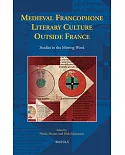
Medieval Francophone Literary Culture Outside France
$5,625 -

The Medieval Wild Man
$3,148 -
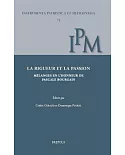
La Rigueur Et La Passion: Mélanges En L’honneur De Pascale Bourgain
$10,080 -
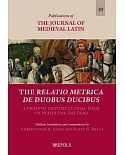
The Relatio Metrica De Duobus Ducibus: A Twelfth-Century Cluniac Poem on Prayer for the Dead
$4,995 -
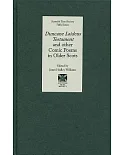
Duncane Laideus Testament and Other Comic Poems in Older Scots
$2,700 -

The Interlinear Glosses to the ’regula Sancti Benedicti’ in London, British Library, Cotton Tiberius A. Iii,,ff.118r-163v With the Anglo-saxon
$3,060 -
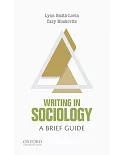
Writing in Sociology: A Brief Guide
$898 -
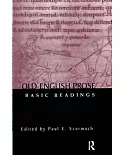
Old English Prose: Basic Readings
$2,248 -

Perceptions of Femininity in Early Irish Society
$4,455 -

The Twelfth-century Renaissance: A Reader
$4,950 -

Contest, Translation, and the Chaucerian Text
$4,500 -
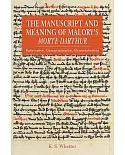
The Manuscript and Meaning of Malory’s Morte Darthur: Rubrication, Commemoration, Memorialization
$4,455 -
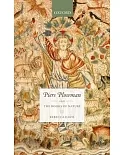
Piers Plowman and the Books of Nature
$4,050 -
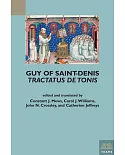
Guy of Saint-Denis: Tractatus De Tonis
$1,798 -
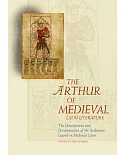
The Arthur of Medieval Latin Literature: The Development and Dissemination of the Arthurian Legend in Medieval Latin
$2,700 -

Medieval English Literature: Genres, Modes, Contexts
$1,573 -
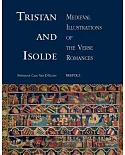
Tristan and Isolde: Medieval Illustrations of the Verse Romances
$8,460 -

The Twelfth-Century Renaissance: A Reader
$2,248 -

The Wisdom of the Outlaw: Boyhood Deeds of Finn in Gaelic Narrative Tradition
$2,475 -
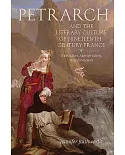
Petrarch and the Literary Culture of Nineteenth-Century France: Translation, Appropriation, Transformation
$5,400

